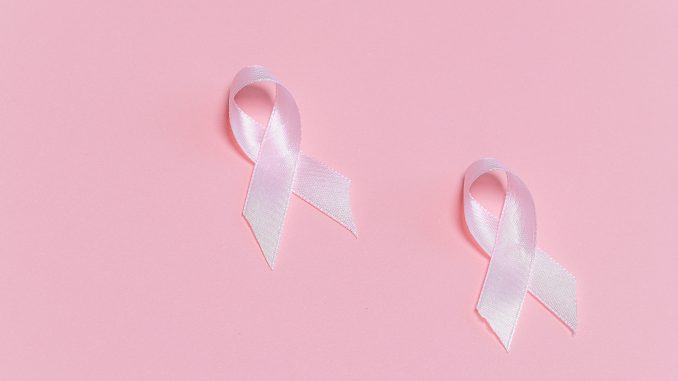
Recentfusion.com–Cancer, a disease characterized by uncontrolled cell growth, remains one of the most significant health challenges globally. Its prevalence and potential dangers have made it a topic of great concern and extensive research. This article aims to shed light on the dangers posed by cancer, explore common symptoms, and discuss ongoing efforts to find effective treatments and, ultimately, a cure.
Cancer is a formidable adversary due to its ability to invade surrounding tissues and spread to distant parts of the body. This process, known as metastasis, can make it challenging to treat and control the disease. Left unchecked, cancer cells can disrupt vital organ function, leading to serious health complications and, in some cases, death.
The severity of cancer largely depends on its type, location, and stage. Some cancers progress slowly, while others exhibit aggressive growth patterns. Certain types, such as pancreatic or lung cancer, are known for their high mortality rates. However, advancements in early detection and treatment options have improved survival rates for many cancer types.
Common Symptoms
Recognizing the early signs and symptoms of cancer is crucial for timely diagnosis and intervention. While specific symptoms vary depending on the type and stage of cancer, some common indicators include:
Unexplained Weight Loss: Significant and unintended weight loss without changes in diet or physical activity can be a cause for concern, as it may indicate an underlying health issue, including cancer.
Fatigue: Persistent fatigue that doesn’t improve with rest can be a symptom of various cancers. It is important to consult a healthcare professional to determine the cause.
Pain: Chronic or unexplained pain in specific areas of the body may be an early sign of cancer. Headaches, bone pain, and abdominal discomfort are examples of such warning signs.
Changes in the Skin: Skin changes like darkened moles, new growths, or changes in the size, shape, or color of existing moles should be examined by a dermatologist, as they can sometimes indicate skin cancer.
Changes in Bowel or Bladder Habits: Any persistent changes in bowel or bladder habits, including blood in urine or stool, prolonged constipation, or sudden changes in frequency or urgency, should be evaluated by a healthcare professional.
Cancer Treatment and Cure
Treating cancer often involves a combination of approaches, tailored to the individual’s specific diagnosis and circumstances. The primary treatment methods include:
Surgery: The surgical removal of tumors and affected tissues is a common treatment option, particularly for localized cancers. It aims to eliminate the tumor and prevent its spread.
Radiation Therapy: Radiation therapy uses high-energy radiation to target and destroy cancer cells. It can be delivered externally or internally, depending on the type and location of the cancer.
Chemotherapy: Chemotherapy involves the use of drugs to destroy cancer cells or impede their growth. It can be administered orally, intravenously, or topically, depending on the cancer type.
Targeted Therapy: Targeted therapies utilize drugs that specifically target cancer cells, interfering with specific molecules or pathways involved in cancer growth. This approach aims to minimize damage to healthy cells.
The quest for a cure continues to be a priority in cancer research. Advancements in precision medicine, immunotherapy, and gene therapy offer promising avenues for more effective treatments. Additionally, early detection through screening programs and raising awareness about risk factors can contribute to better outcomes and increased survival rates.
Conclusion
Cancer remains a formidable health challenge, posing dangers that can disrupt lives and communities. Timely detection, awareness of common symptoms, and proactive healthcare measures are essential for early intervention. While significant progress has been made in treating various cancer types, ongoing research, advancements in treatment modalities, and collaborative efforts among scientists, healthcare professionals, and organizations are paving the way toward finding a cure. By raising awareness, promoting research, and ensuring access to quality care, we can continue the fight against cancer and strive for a future where its dangers are mitigated, and lives are saved.

Leave a Reply